|
It's the season for delicious fall greens! And today, I'm sharing with you the best secret ingredient to cooking up a delicious plate of Asian leafy greens. The savory - with a hint of sweet - oyster sauce gives any food a complex umami essence. Oyster extracts provide a mild hit of flavor. It can be added to stir fries or used to create a marinade or base for a sauce, but my favorite use is just plopped atop blanched greens. Add some fried garlic or shallots and your greens will be ready to serve!
*And for vegetarians, a vegetarian option is made with mushroom extracts.
1 Comment
When my sister comes to visit, my father always makes some type of vegetarian dumpling for her. The filling changes seasonally and depends on what's growing in the garden. While I am not a vegetarian, often I love the vegetarian dumplings just as much! I love the looser texture of the chopped vegetables along with julienned beancurd, coarsely chopped wood ear, and sometimes - but not in this picture - mung bean noodles. I especially love the generous drizzle of dark toasted sesame oil, minced ginger and chopped cilantro. You can't go wrong with all those delicious flavors! These dumplings are made with chopped garlic chives - an easy to grow perennial that is eaten like a vegetable (as opposed to an herb) in Chinese cuisine.
Everything noodle soup. Don't you think? Above, I see smooth white noodles in a savory broth, meaty shiitake mushrooms, floppy black wood ear, thinly sliced pork belly, yellow daylily buds, and fresh chopped cilantro.
Wait, what did I just say?! Yes, daylily buds. Those pretty summer garden fixtures, the yellow-orange common daylily, are a delicious and sweet edible flower. They're great fresh and lightly stir fried, but here, since they're a bit softer, I can tell they're rehydrated buds that we've dried in a food dehydrator in a previous summer. My father has a large planting of daylilies in his garden and though they bloom for a very long season, they grow in great profusion in the thick of the summer. To take advantage of the large number of blooms, we pick and dry them. They're perfect added to soups and noodle dishes through the fall and winter months. Try these fragrant edible flowers today - the Chinese Kitchen Garden book tells a lot more about how to grow and use these edible flowers. In the past few years of speaking to groups about Asian vegetables, without fail, at least a few people in the group mention that they go to Asian or international supermarkets and want to try different vegetables but don’t know what the vegetables are or how to use them. Labels and signage can be misleading, the workers are generally not helpful, and people are stuck with – do I take a chance or not?
Even though The Chinese Kitchen Garden is a gardening book, it can also be a good resource for those of you who want to experiment, but are not sure where to begin. If you’ve wanted a handbook of sorts to carry with you through the market, to help you identify what the vegetable is, or how to use it, this is your book. You may see the crazy-looking taro root. You may have even had taro-flavored foods. But did you know taro root can be toxic and needs to be cooked first? After it's cooked, it’s right as rain and so yummy in a number of dishes – sweet and savory. You can learn all this and more in the book! "Choy" in Chinese, is the generic word for vegetables. The leafy green that Mr. Cool is enjoying above is called "A Choy". I've yet to discover the origin or meaning of the "A" part of this leafy green, but there are some things I can tell you. It's a mild, leafy green, and very similar to romaine. It's a good one to eat raw (though in Chinese cuisine, we do cook most greens, even tender ones like this lettuce type), and clearly...ducks enjoy it as much as humans. Read this over at my Greenish Thumb blog to learn more about A choy! Learn how to grow this delicious fall green in The Chinese Kitchen Garden book.
 Photo Credit: Sarah Culver Photo Credit: Sarah Culver Congee is a traditional Chinese food made of rice cooked for a very long time in either water or broth. It's a favorite comfort food eaten any time of day, and just like I might crave a bowl of chicken noodle soup when I'm sick, or during the winter when it's cold and I want something comforting, I might also crave congee. There are many varieties of congee, and if you do some quick research, you'll find different styles within the cuisines of China, as well as in the cuisines of neighboring countries. Personally, there are several kinds I love: the pork and preserved egg version my mom makes most often, and plain, salted, congee that I'll either top with commercially prepared dried/shredded pork or fish or eat alongside a Chinese fried dough stick. During the lean college/post college days, I've even really enjoyed a bowl of congee topped with canned tuna. Simple, delicious, and a small bowl of rice makes a whole pot of congee! In the photo above is a delicious and more elegant summer congee. Very thin slices of marinated cod are added just after the congee is finished. Then to serve, each bowl is topped with lots of cilantro and ginger from the garden, and finally a drizzle of dark sesame oil. Often, my parents make this using fish we've caught from the pond just before lunch or dinner time. A hearty, easy and delicious summer meal doesn't get fresher. *Cod and ginger congee recipe can be found in The Chinese Kitchen Garden book. Have you ever cut into a bitter melon and found bright red goop inside? Yes, it is edible!
The bitter melon is nicknamed "magic melon" because of numerous health benefits (see last week's post), but I think the transformation that happens inside as the fruit matures is also a bit magical. As you may know, the usable part of the bitter melon is the green, bumpy outside part. See the spongy white part inside? We scoop it out and discard it. However, as the melon matures, the spongy white stuff turns into goopy red stuff and here's the best part - it's sweet! It's always a fun surprise to cut open a bitter melon to find the insides have begun to turn red. The texture is a bit like roasted red pepper and it is sweet and edible. Just be sure to spit out the seeds when enjoying this little treat! Can you see the small bitter melon growing near the top of the photo? We grow it because it tastes good (really!), but what a lot of people know now, is that it's very healthful as well.
Research has shown that bitter melon contains a chemical that is similar to insulin, which helps to reduce blood sugar levels. While several years ago, the majority of participants at my talks and workshops had not heard of bitter melon, today, a good 75% have. A few participants have been advised by their doctors and nutritionists to add bitter melon (in vegetable or pill form) to their diets to help with diabetes. Many people have told me they don't mind the bitter taste, and many have even mentioned that they enjoy the cooling bitterness. One person told me she adds bitter melon to her green juices and does not even taste it - I find this hard to believe, but she insisted! It might be similar to kale in that when juiced with fruits, it blends in with the rest of the sweet, fruity flavors. Bitter melon is also known to ease stomach and digestive issues, fever and skin problems. With all these health benefits, it's something everyone ought to try once. You may just end up loving it! *If you're curious about adding bitter melon to your diet to help with a medical condition, speak with your doctor or nutritionist for suggestions about dosages. **If you're curious about adding this delicious vegetable to your diet because you want to see what all the fuss is about, try the recipe in The Chinese Kitchen Garden. The strong flavors of garlic and fermented black beans balance the bitterness of the bitter melon and result a savory and hearty meal served over rice. The short answer is yes, you can eat bottle gourds! But as you may know, these are the same items that, left on the vine to dry, will hollow out and can then be made into birdhouses! Here are some instructions by Birds and Bloom should you wish to make your own birdhouse out of a dried gourd.
For eating, young gourds picked far from maturity, are best. This is when the gourd can be peeled and then split open to reveal off-white flesh. Most people prefer to remove the spongy center along with all the seeds. What remains can be cut into chunks and cooked how you like it! The photo below shows a type of bottle gourd that I prefer for eating over the birdhouse-shaped type. This gourd is eaten all over the world and goes by many names. In markets near me, they're often labelled "long squash". A couple weeks ago, I had the pleasure of speaking at a panel discussion at the Museum of Chinese America in New York. There is a excellent exhibit going on called Sour, Sweet, Bitter, Spicy, and if you've found your way to this blog, I know you will love the exhibit. It runs through September 10th so your time is limited. I highly recommend a visit!
Anyhow, at the discussion, I was asked about fall gardening. What do gardeners need to know about it??? Well, take a look at the photo above, which was probably taken...October maybe? Tomatoes and other fruiting vegetables are dead and brown. But see the greenery? The tall dark green plants are a giant bunching onion called "da tsung". The shorter green plants, and the chartreuse greens behind them are the gems of fall - Asian greens such as tatsoi and A choy. What gardeners need to know about fall planting is that it needs to be well thought out and planned in advance. Fall gardens don't just happen. Most of the time, in the heat of the summer, fall-planting gardeners are going through seed packets, anticipating where there will be space in the garden, and figuring out when and how to start each type of vegetable seed. My biggest challenge, personally? Germinating seeds and keeping them from drying out. A good solution for my situation is starting my fall leafy greens indoors. This way I can keep an eye on them and water them regularly without worrying that a late high 90 degrees day will kill them. This also lets me keep plants like beans for shelling or gourds for drying, on the vine in the garden as long as possible. With a little preparation, it's easy to have a fantastic garden far into the fall. Lots of Chinese vegetables actually taste better after they're hit with a frost. Tatsoi, like carrots, become sweeter as the weather cools. Get a copy of The Chinese Kitchen Garden now and learn about all the leafy greens that are at their best in just a couple of months! |
AuthorI'm Wendy Kiang-Spray, gardener, home cook, and author of The Chinese Kitchen Garden. Learn more about the book here. Enjoy the blog and be sure to like The Chinese Kitchen Garden Facebook page for notifications when there are new posts. Archives
April 2019
Categories
All
|

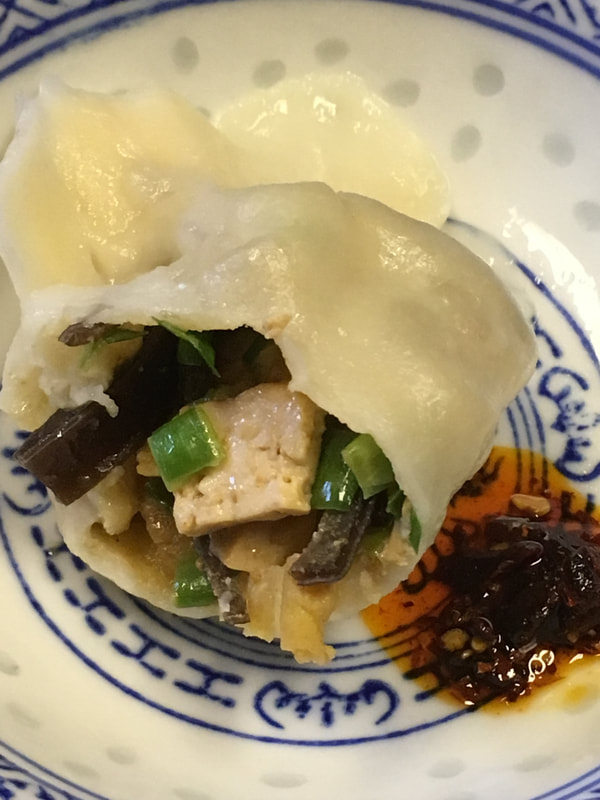
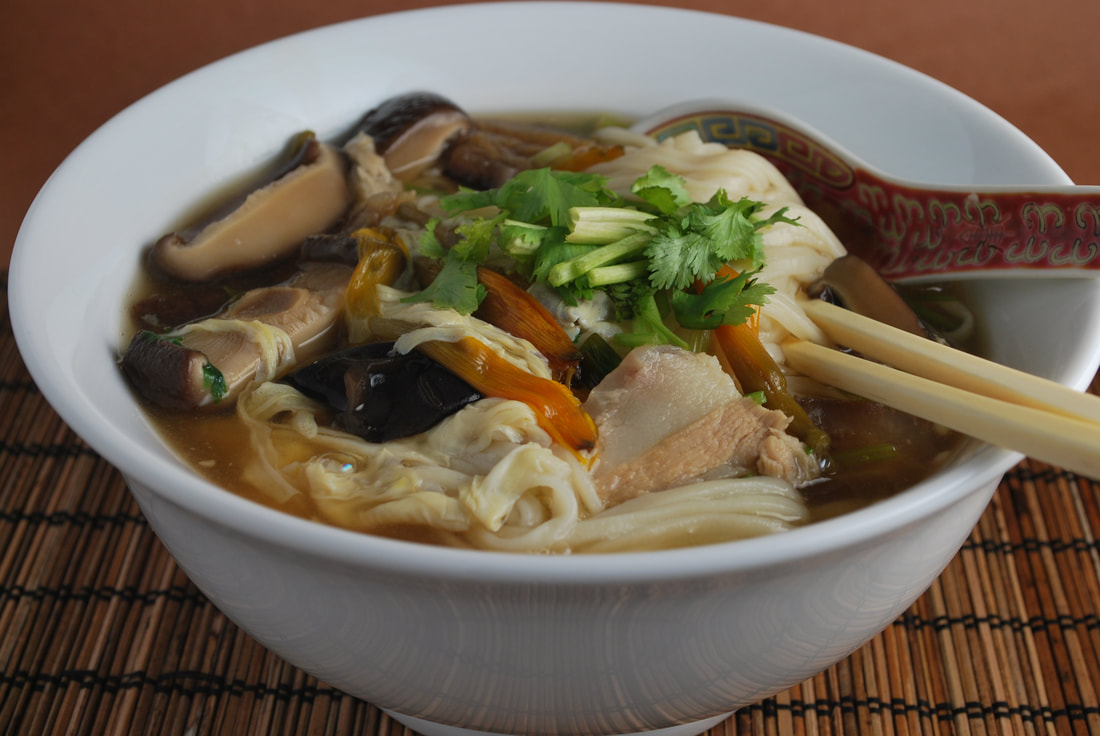
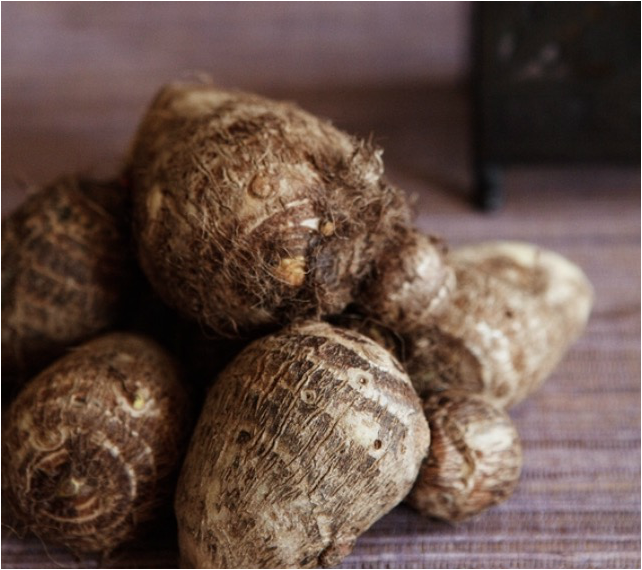
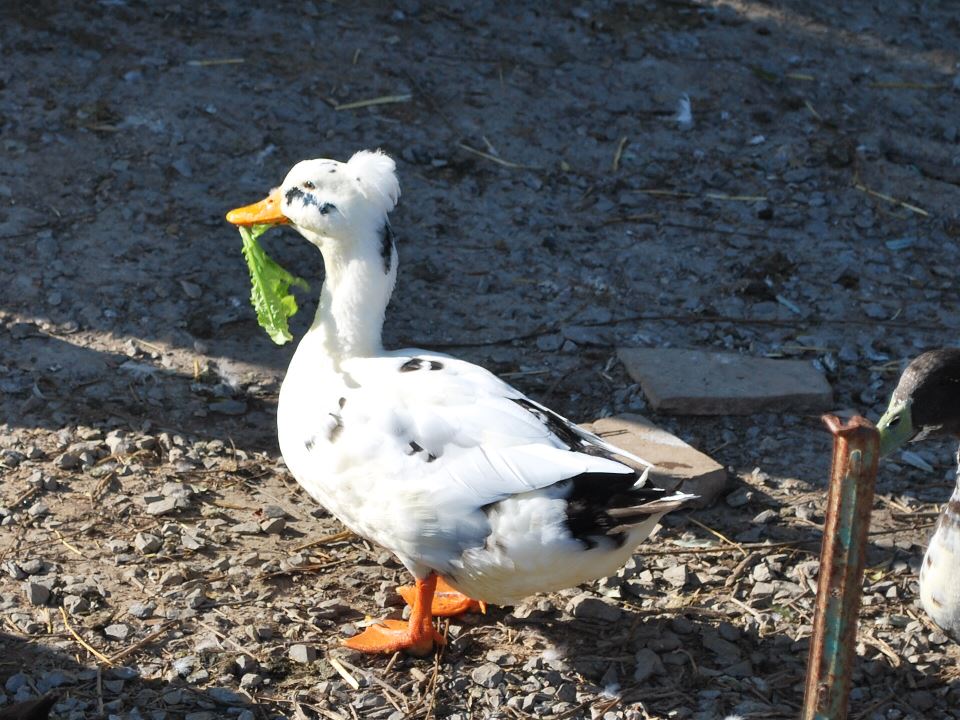
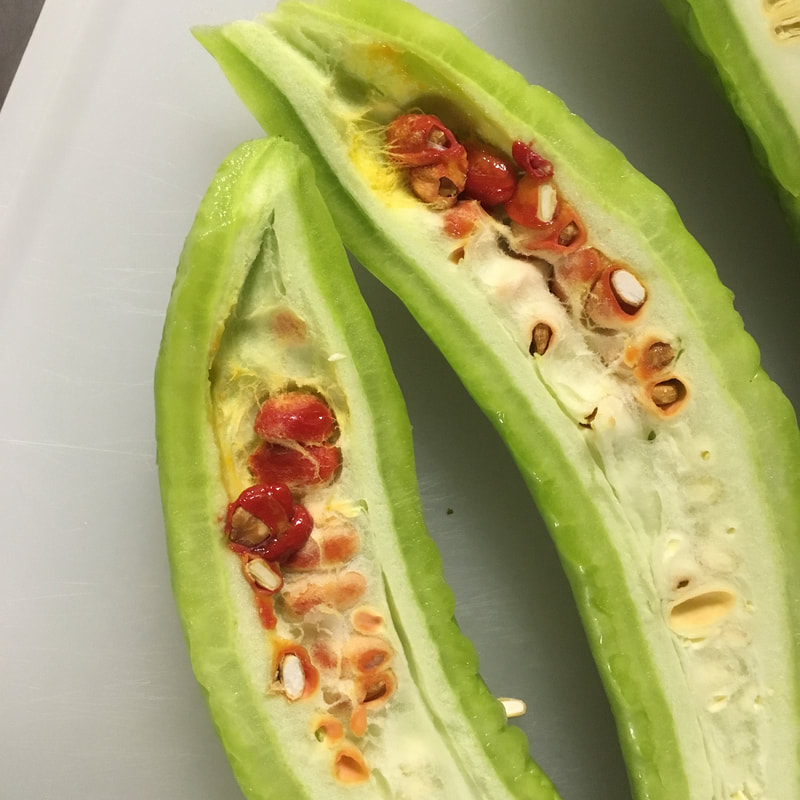
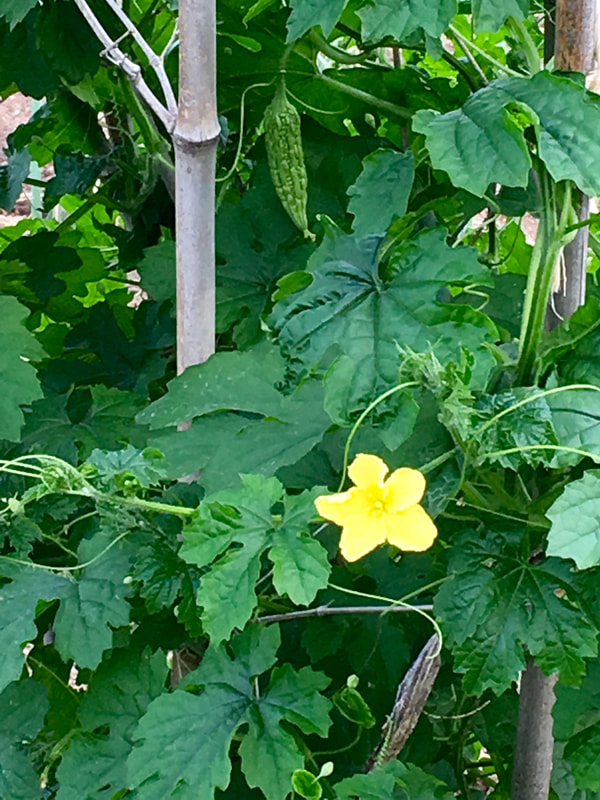



 RSS Feed
RSS Feed